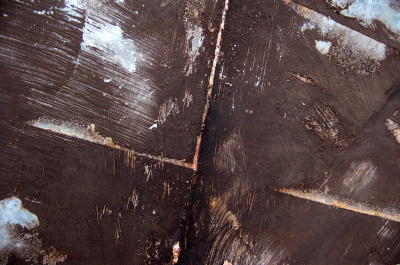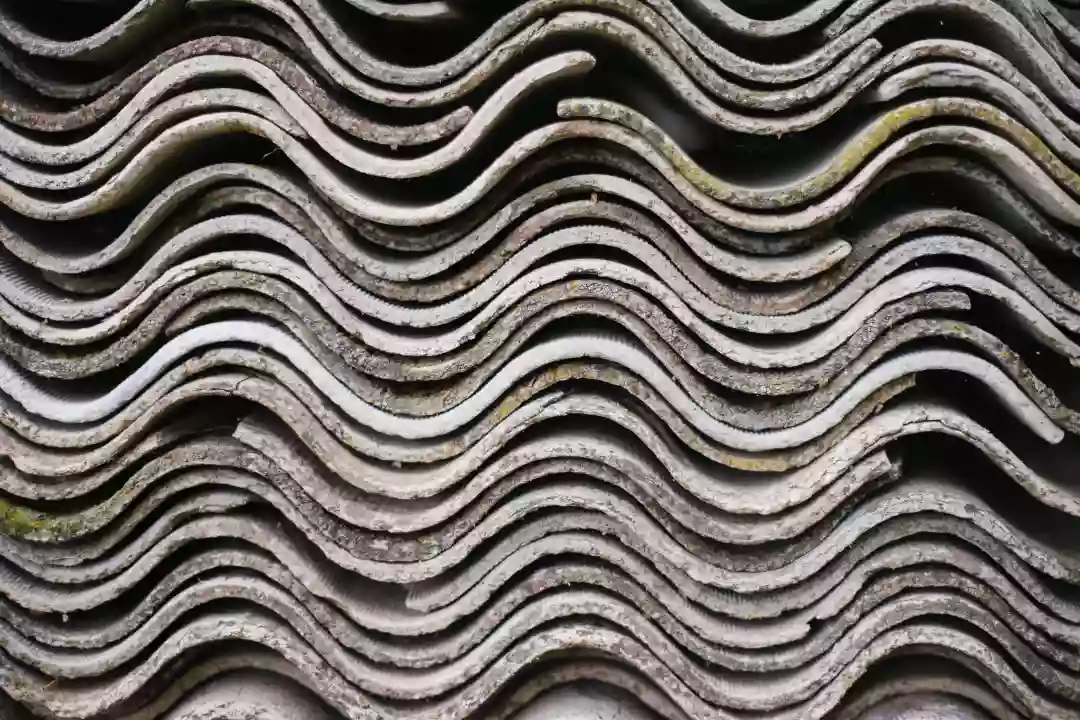Talc
Manufacturers and consumers are both extremely concerned about the asbestos fibres found in several minerals and rocks in recent years. Asbestos may be found in many healthy minerals and rocks, despite the fact that it is hazardous and can have major health effects if breathed. Understanding the many types of minerals and rocks that could contain asbestos, as well as how to correctly identify them, is crucial. Numerous types of rocks include the mineral talc. It is often used in various industrial and consumer items, including cosmetics, paint, paper, and rubber. It is composed of silicon, oxygen, and magnesium.
These fibres can cause major health problems like mesothelioma and asbestosis when they become airborne and are breathed. However, laws governing the permitted concentrations of asbestos in talc have been adopted in several nations. In order to minimise any health hazards, consumers should make sure the talc they are purchasing complies with established government requirements.
Vermiculite
A popular mineral used in soil mixing, insulation, fireproofing, gardening, and other uses is vermiculite. Vermiculite has also been reported to contain asbestos fibres, similar to talc. This is a result of the fact that it is frequently mined in areas close to where deposits containing asbestos are discovered. Serious ailments like mesothelioma and asbestosis can result from inhaling vermiculite fibres. Because of this, it's critical to confirm that any vermiculite-containing goods adhere to all applicable safety requirements and laws. Although not every vermiculite includes asbestos, several items have been created using vermiculite that does. Asbestos exposure can occur by inhalation or ingestion.
The biggest health danger comes from inhaling asbestos fibres. How much asbestos a person is exposed to depends on how many fibres are in the air and how long the individual inhales the asbestos-containing air. When you disrupt building insulation or other items made with vermiculite that contains asbestos, you might become exposed to it. Asbestos is not dangerous as long as it is not discharged into the air. There is extremely minimal exposure and risk if it isn't being disturbed.

Need assistance finding asbestos removal near you?
Get a QuoteGeological Occurrence of Asbestos Fibres
There is asbestos in many different kinds of rock formations by nature. It may be found in both metamorphic rocks like slates and schists as well as sedimentary rocks like limestone and shale. Asbestos may also be found in several minerals, including serpentine. There are rocks across the world that contain asbestos, including in North America, South America, Europe, Asia, and Africa. To lessen the chance of exposure, it is critical to identify any rocks or minerals that contain asbestos. The three rock types serpentinites, altered ultramafic rocks, and certain mafic rocks are where asbestos is most frequently found.
Metamorphosed dolostones, metamorphosed iron formations, carbonatites, and alkalic intrusions are other rock types that are known to contain asbestos. These rocks' faulting and fracturing at higher temperatures, pressures, and the presence of water contribute to the development of asbestos. These rocks can include anything from large, commercial-grade ore bodies to tiny, impure veinlets or low-grade occurrences of asbestos or asbestiform minerals. If these rocks are damaged or crushed, asbestos may be discharged. When asbestos-containing soils are disturbed, asbestos can potentially be discharged. It is unknown if there are asbestos fibres in the soils that cover rocks that contain asbestos, and this information has to be assessed.
Alternative Industrial Fibres and Materials
Fortunately, a variety of industrial fibres and materials without asbestos may be utilised in their stead. Minerals and rocks that contain asbestos might be replaced with glass wool, synthetic vitreous fibre, ceramic fibre, aramid, and polyvinyl alcohol, among other materials. Each of these substances has undergone safety testing and has been shown to be a reliable, non-toxic replacement for items containing asbestos. One of the most popular and commonly used asbestos substitutes is cellulose fibre, which is also reasonably easy to produce.
Newsprint that has been finely shredded is used to make cellulose insulation, which is then chemically treated to boost fire resistance and decrease moisture. Given that cellulose fibre is often composed of 85% recycled material, this is yet another fantastic "green" alternative. In contrast to cellulose fibre, polyurethane foam is a spray product that is most frequently used in insulation and roofing materials. However, it may also be seen in the design of movie theatre sets as well as the upholstery and seating of automobiles. The best characteristics of rubber and plastics are combined in the foam. The bubbles trapped inside offer exceptional heat resistance, much like polystyrene.
Gems That Contain Asbestos
Asbestos fibres may also be discovered in some types of jewels, despite the fact that this is not well known. Cat's eye, pietersite, and ruby are the three gemstones reported to contain asbestos most often. Since it is hard to tell for sure if they contain asbestos fibres, it is recommended to stay away from these jewels as much as possible. Customers should use synthetic jewels as an alternative since they are more likely to be asbestos-free. The people who make jewellery are the largest group in danger of asbestos exposure. For usage as pendants, charms, and beads, gemstones are cut, shaped, and polished. To achieve this, jewellers employ high-speed saws and rotary machinery, which can discharge asbestos dust and fibres into the air.
Before beginning work on the gemstones, jewellers should inspect the gemstones they are using to make sure they don't contain asbestos in order to prevent exposure. In conclusion, it is recognised that certain minerals and rocks contain asbestos. Knowing which minerals and rocks contain asbestos is crucial so that customers may make educated judgements when buying them. It's also critical to be aware of the industrial fibres and materials available today that can be utilised in place of asbestos-containing ones. Finally, it's crucial to be aware that some gemstones may potentially contain asbestos, so you should try to stay away from them.
In this article:

